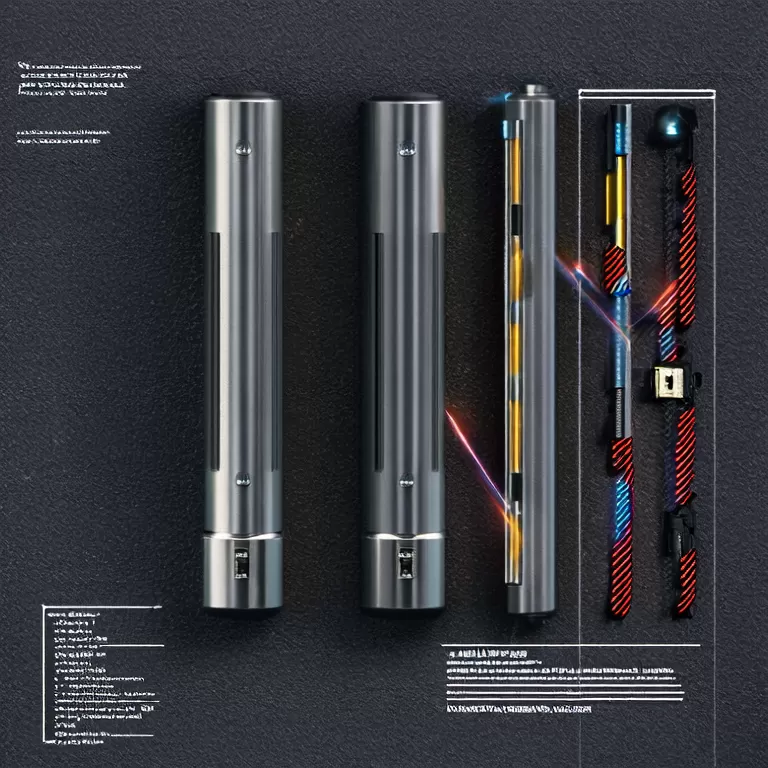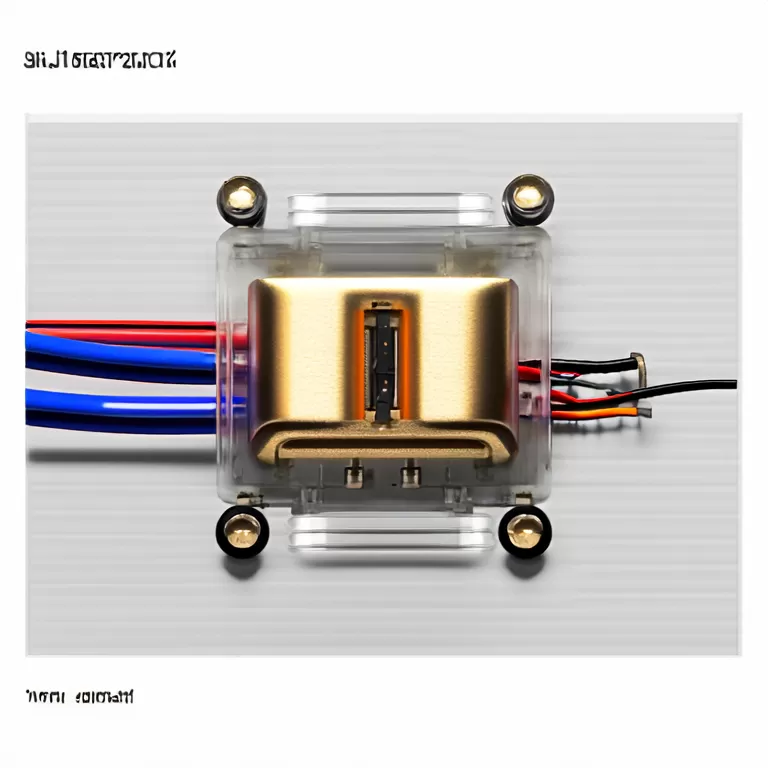- Home
- Products
+
- Connectors
+
- Box Header Connectors & Ejector Header Connectors
- Female Header Connectors
- Male Pin Header Connectors & Mini Jumper Connectors
- IC Socket / PLCC Socket / ZIF Socket Connectors
- Wire to Board Connectors & Wire to Wire Connectors
- IDC Connectors
- FFC / FPC Connectors
- Micro Match Connectors
- DIN41612 Connector
- D-Sub Connectors / D-SUB hood
- SIM & Micro SIM & Nano SIM Card Connectors
- Memory Card Connectors
- USB 2.0 / USB 3.0 / USB 3.1 / Type C / Micro USB / IEEE 1394 / Mini USB Connectors
- DVI Connectors & HDMI Connectors
- Y13 / Y17 /Y21 IP68 Waterproof Circular Connectors
- Circular Connectors
- SATA Connectors
- Audio Connectors
- Terminal Blocks
+
- PCB Terminal Block Rising Clamp
- PCB Terminal Block Wire Protector
- Pluggable Terminal Blocks
- Screwless-Spring terminal blocks
- Barrier Terminal Blocks
- Reflow Solder LCP Housing Terminal Blocks
- Fuse lighting terminal blocks
- Feed Through Terminal Blocks and Box
- Miniature Rail-mounted Terminal Blocks
- Insulated terminals
- Non-insulated terminals
- Solder terminals for PCB mount
- Switches +
- Crystals / Oscillators / Resonators +
- Transformers +
- Ethernet Connectors +
- RF Connectors +
- Sound sources +
- Latching Relay +
- Antenna +
- Connectors
+
- Cross Reference
- Solution
- About RHT
- FAQ
- Download
- News
- Contact Us +
What is a connector and its types?
 Aug. 05, 2025
Aug. 05, 2025What Is a Connector?
A connector is an electromechanical device used to join electrical circuits together. It allows easy assembly and disassembly of circuits, making it crucial for everything from simple household electronics to complex industrial systems. Connectors ensure reliable signal transmission, mechanical stability, and sometimes even environmental protection.
Connectors can be designed for:
Electrical power
Signal/data transfer
Optical (fiber optic) transmission
Fluid or gas transfer (in mechanical systems)
Main Types of Electrical Connectors
Electrical connectors can be classified based on several factors: shape, function, connection method, and application. Here are the most common types:
1. Board-to-Board Connectors
Connect two printed circuit boards (PCBs) without cables.
Used in computers, telecom, and embedded systems.
Example: Mezzanine connectors, card edge connectors.
2. Wire-to-Board Connectors
Connect wires (or cables) to a PCB.
Used in power supplies, consumer electronics, and appliances.
Example: Terminal blocks, Molex connectors.
3. Wire-to-Wire Connectors
Connect two or more wires together.
Often used in automotive, aerospace, and industrial equipment.
Example: Butt connectors, spade connectors.
4. Circular Connectors
Round connectors offering multi-pin connections.
Excellent for rugged, waterproof, and high-vibration environments.
Common in military, medical, and industrial applications.
Example: M12 connectors, aviation plugs.
5. Rectangular Connectors
Box-shaped connectors with standardized pin layouts.
Common in computing and telecommunications.
Example: D-sub connectors, USB, HDMI.
6. Coaxial Connectors
Designed for radio frequency (RF) signals.
Used in TVs, antennas, and communication systems.
Example: BNC, SMA, F-type connectors.
7. Fiber Optic Connectors
Transmit data using light, not electricity.
Used in high-speed internet and telecom.
Example: SC, LC, ST, MTP/MPO connectors.
8. Power Connectors
Specifically for transferring electrical power.
Handle high current and voltage.
Example: IEC connectors, Anderson power poles.
9. Automotive Connectors
Designed for vehicles with high vibration and temperature resistance.
Waterproof, durable, and locking.
Example: OBD connectors, Deutsch connectors.
Types by Connection Method
| Type | Description |
|---|---|
| Plug and Socket | Most common; male-female pair (e.g., USB, HDMI) |
| Screw Terminals | Wires secured with screws; common in power systems |
| Crimp Connectors | Wires inserted and compressed with a tool |
| Soldered Connectors | Permanent joints via soldering |
| Spring-loaded Connectors | Used for quick testing or temporary use |
A connector plays a critical role in building flexible, modular, and maintainable systems. Choosing the right type of connector ensures signal integrity, power efficiency, and reliability across various applications—from home electronics and automotive systems to telecommunications and industrial automation.
 Dec. 12, 25
Dec. 12, 25
What connector is used in audio equipment?
 Dec. 12, 25
Dec. 12, 25
What is a feed-through terminal block?
 Dec. 10, 25
Dec. 10, 25











